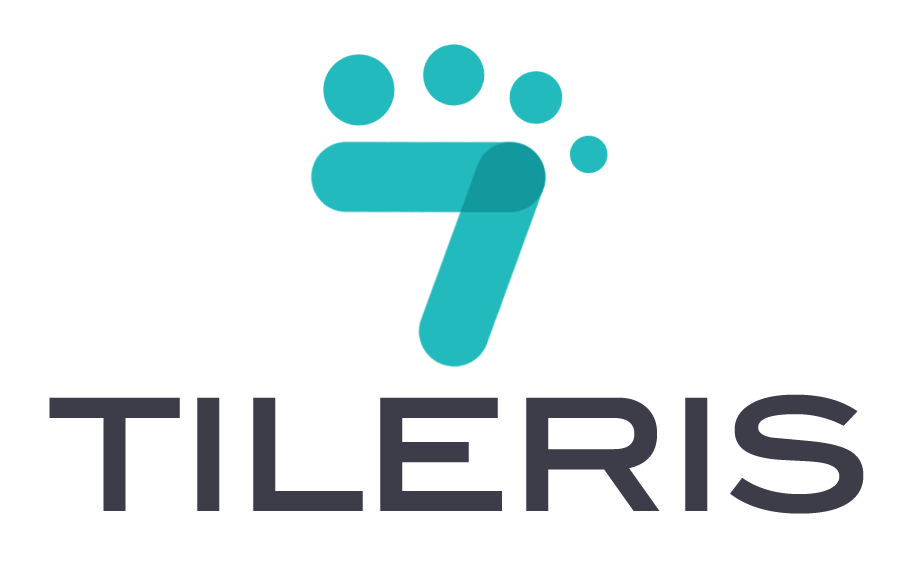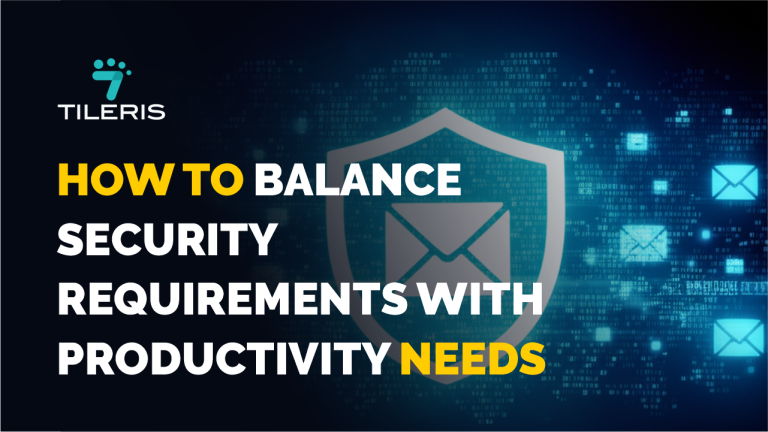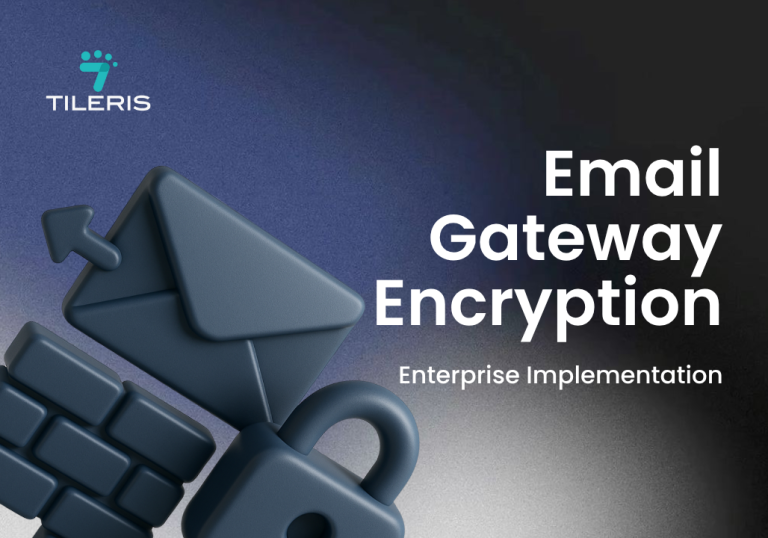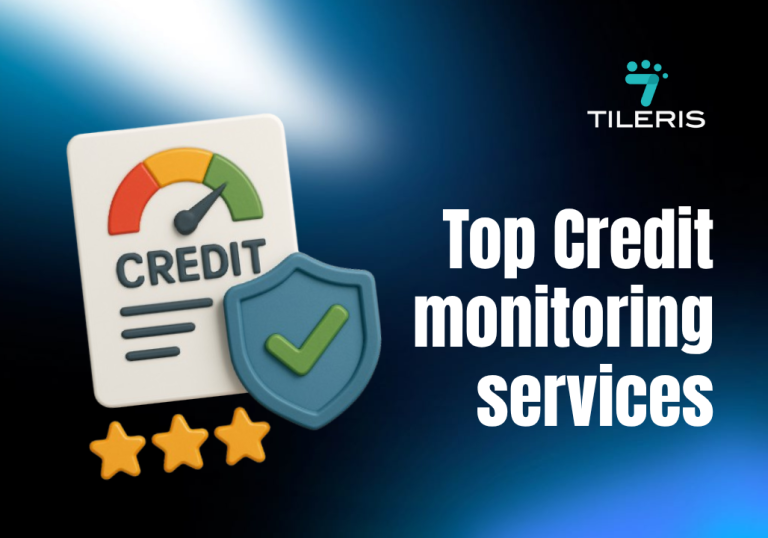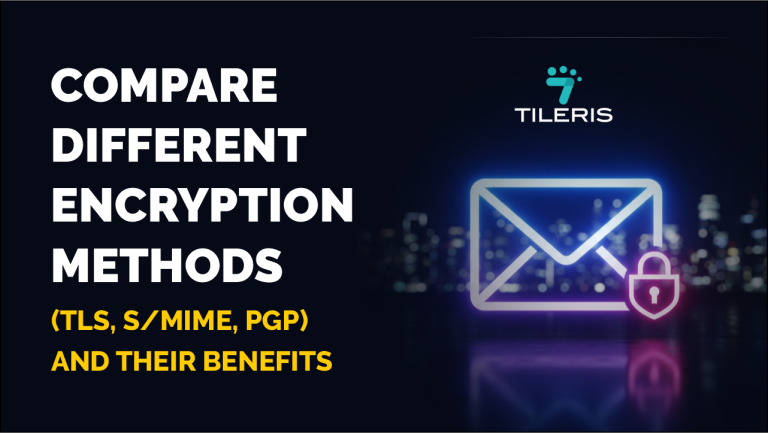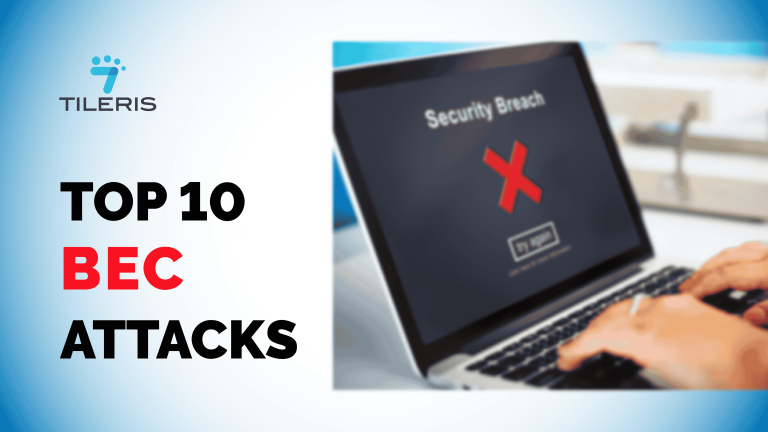Email Authentication Protocols: SPF, DKIM, and DMARC Guide
Introduction
If you’ve ever stared at an email in your inbox, squinted a little, and thought, “Is this legit?” then you’ve already experienced the core problem that email authentication protocols are designed to solve.
Think about it for a moment, how much of your business, your personal life, and your vital communications rely on email? A lot, right? But what if someone could pretend to be your bank, your boss, or even your best friend, sending you a malicious link or asking for sensitive information?
That’s the dark side of email, and unfortunately, it’s a very real threat. “Phishing attacks remain one of the most prevalent and damaging cyber threats facing organizations today,” according to Bitlyft. They even state that “94% of cyberattacks start with a phishing email.” That’s a staggering figure.

Why You Need Email Authentication
Imagine you’re hosting a party, and you’ve got a bouncer at the door with a guest list. Only people on that list are allowed in. That’s essentially what Sender Policy Framework (SPF) does for your email.
This isn’t just about annoyance anymore; it’s about protecting your brand, your customers, and your peace of mind. And that’s exactly where the unsung heroes of email security, SPF, DKIM, and DMARC step in.
These aren’t just fancy acronyms; they’re the bouncers, the ID checkers, and the reputation managers for your email, working behind the scenes to make sure only legitimate messages get through.
If you are Ready to pull back the curtain and understand how these vital protocols protect you every single day, Let’s dive in!
SPF: Your Email’s Guest List Manager
SPF is a simple, yet powerful, mechanism that allows domain owners (that’s you!) to publish a list of authorized mail servers that are permitted to send emails on your domain’s behalf. This list lives as a special record in your domain’s DNS (Domain Name System), which is like the internet’s phonebook.
When an email arrives at a recipient’s server, that server quickly checks your SPF record. “Is this IP address allowed to send email for yourdomain.com?” it asks. If the sending server’s IP address isn’t on your approved list, the email is flagged as suspicious. It might go straight to spam, or even be rejected entirely, protecting recipients from messages that pretend to be from you.
The benefit? SPF offers a basic, but effective, layer of defense against direct email spoofing. It’s your first line of defense, like that initial check at the door.
DKIM: The Digital Signature of Trust
Now, let’s say your party bouncer not only checks the guest list but also verifies a unique, tamper-proof signature on each invitation. That’s DomainKeys Identified Mail (DKIM).
DKIM takes email authentication a significant step further by adding a cryptographic digital signature to every outgoing email. Think of it like a unique, verifiable stamp that says, “This email definitely came from our domain, and it hasn’t been messed with since we sent it.”
Here’s how it works: When your mail server sends an email, it “signs” the email with a private key. This private key is a secret only your server knows. Simultaneously, a corresponding public key is published in your domain’s DNS records. When a recipient server gets your email, it grabs that public key from your DNS and uses it to verify the signature on the email. If the signature matches, it’s a thumbs-up for authenticity and integrity. If not, alarm bells ring!
DKIM is crucial because it ensures both sender authenticity and message integrity. It’s not just about who sent it, but also ensuring the content hasn’t been altered along the way. This boosts your deliverability and strengthens your sender reputation, making it less likely your legitimate emails end up in the spam folder.
DMARC: The Master Conductor and Reporter
Finally, what if your bouncer not only checks the guest list and the signature but also has clear instructions on what to do if either fails, and then sends you a detailed report of who tried to get in (and how)? That’s DMARC (Domain-based Message Authentication, Reporting & Conformance).
DMARC is the sophisticated big sibling that ties SPF and DKIM together. It provides a policy and reporting framework for domain owners. This means you can tell receiving mail servers exactly what to do with emails that fail your SPF or DKIM checks. You also get reports on what’s happening with your domain’s email, giving you incredible visibility into potential abuse.
DMARC policies can be set to three levels:
- p=none: This is “monitoring mode.” You’ll receive reports, but emails that fail authentication will still be delivered. It’s great for gathering data before you enforce stricter rules.
- p=quarantine: Emails that fail authentication will likely be sent to the recipient’s spam or junk folder. It’s a gentle nudge.
- p=reject: This is the strongest policy. Emails that fail authentication will be completely blocked and won’t reach the recipient’s inbox at all.
These DMARC reports are gold. They tell you who’s sending email on your behalf (legitimate or otherwise) and how often your emails are passing or failing authentication checks. This information is vital for understanding your email ecosystem and clamping down on imposters. As Abion notes, “Without an enforcement policy DMARC is ineffective as a protection.”
Why This Trio is Non-Negotiable Today
You might be thinking, “This sounds like a lot of technical stuff.” And yes, it involves some DNS records, but the reason it’s so important is simple: the major email providers like Google and Yahoo are now requiring these protocols, especially for bulk senders. Since February 2024, if you send a lot of emails to Gmail or Yahoo addresses, your emails must be authenticated with SPF, DKIM, and DMARC, or they’ll likely be rejected or sent to spam. Microsoft is following suit.
This isn’t just about compliance; it’s about safeguarding your brand and ensuring your messages actually reach their intended audience. Imagine sending out an important marketing campaign or customer service update, only for it to vanish into the spam folder because your email isn’t properly authenticated. That’s lost trust, lost leads, and a damaged reputation.
As cybersecurity expert Ted Schlein famously said, “There are only two different types of companies in the world: those that have been breached and know it and those that have been breached and don’t know it.” While a bit stark, it underscores the constant threat. Implementing SPF, DKIM, and DMARC is a proactive step that significantly hardens your email defenses.
Bringing it All Together: Your Action Plan
Implementing these protocols involves a few key steps:
- Identify all your sending sources: This includes your internal mail servers, email service providers (like Mailchimp, HubSpot, etc.), and any third-party tools that send email on your behalf.
- Access your DNS settings: This is where you’ll publish the special TXT records for SPF, DKIM, and DMARC.
- Configure and publish: Create your SPF record listing authorized senders, generate and publish your DKIM public key, and then set up your DMARC record, ideally starting with p=none to monitor before moving to p=quarantine or p=reject.
- Monitor and refine: This isn’t a “set it and forget it” task. Regularly check your DMARC reports. They’ll show you if legitimate emails are failing (meaning you need to adjust your records) or if malicious activity is occurring.
It might seem daunting at first, but there are plenty of online tools and services that can help you validate your records and interpret your DMARC reports.
We’ve also written a comprehensive beginner guide on implementing DMARC. Click here to check it out.
Conclusion
If you own a domain and send email from it even just for newsletters or internal alerts you need SPF, DKIM, and DMARC. Not just for security, but to protect your brand, your reputation, and your customers. Email is still the most powerful communication tool we have. Let’s make sure it works for us, not against us.
Got questions or want help setting this up? Reach out to us through our contact form or better yet, forward this to the person in charge of your domain. They’ll thank you later.
Ready to Strengthen Your Cybersecurity?
Want to take your cybersecurity to the next level? Start by downloading our free security checklist, it’s packed with simple steps to help you stay protected online. Just head over to tileris.com to grab your copy.
If you’re looking for more hands-on support, you can also request a free consultation, our experts are ready to guide you. Or, if you’d rather see how Tileris AI Agents works in real time, go ahead and request a demo through our contact form.
Frequently Asked Questions (FAQ)
1. Do I need all three: SPF, DKIM, and DMARC?
Yes. SPF and DKIM help validate emails, but DMARC enforces rules. Using all three gives full protection.
2. Will DMARC block my legit emails?
Not if you start with a “none” policy. Test first, then move to stricter settings.
3. How can I tell if someone is spoofing my domain?
DMARC reports show who’s sending emails from your domain and whether they pass checks.
4. Do Gmail and Outlook require these protocols?
Yes. Gmail and Yahoo require SPF, DKIM, and DMARC for bulk senders to avoid being flagged as spam.
